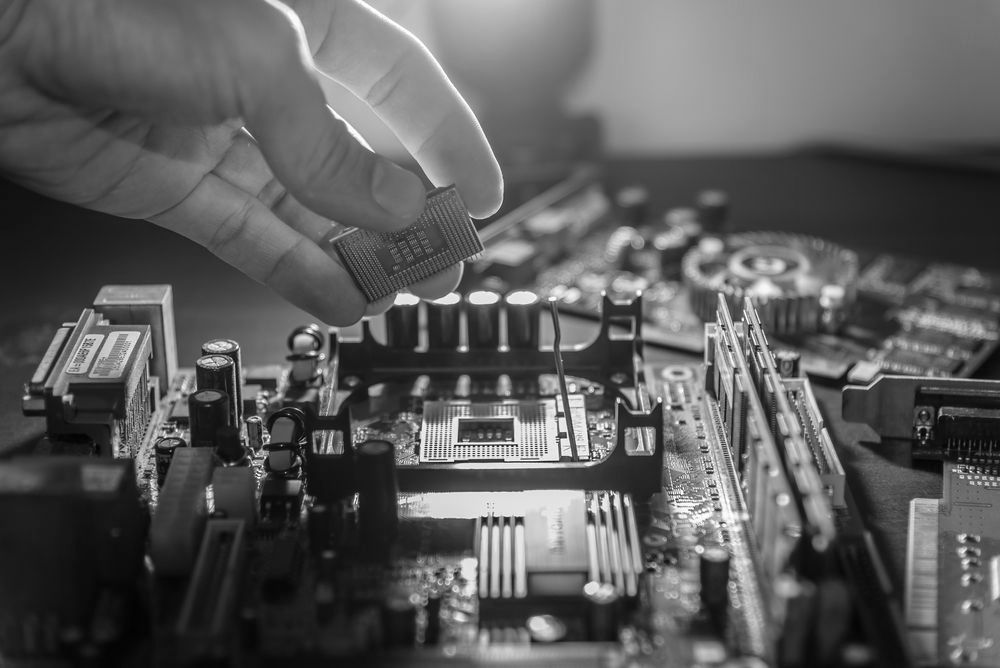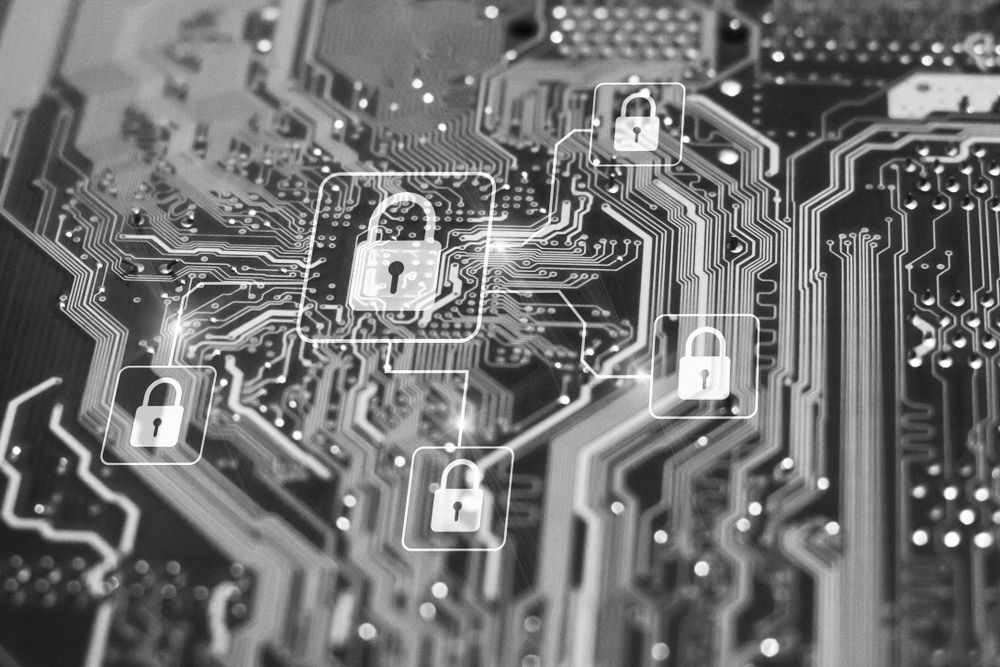What is Hardware as a Service?
Share this article:
Written by: ConsultNet

The cost of buying, installing, maintaining, and updating hardware can be a major burden for many businesses.
Hardware as a service (HaaS) gives companies looking to reduce costs and drive efficiency a great option. With HaaS, businesses can outsource the costly tasks associated with computer hardware.
Instead of the uncertain costs of maintaining and replacing hardware, HaaS provides access to all the latest technology for a predictable monthly fee.
How HaaS Works
What is HaaS?
With HaaS, a business pays a managed IT services provider a monthly fee. In return, the company gains access to servers, workstations, peripherals, and the infrastructure necessary to ensure that employees and customers can access technology, networks, and applications.
The company does not pay for the hardware itself but for access to it. The responsibility for buying, maintaining, and managing all the technology falls on the managed services provider.
Who Can Benefit from HaaS?
HaaS has considerable benefits to companies across industries. With a HaaS agreement in place, the company gains access to the latest state-of-the-art technology, all for a fixed monthly fee.
If hardware needs to be updated or replaced, there’s no need for the company to budget for it or shift resources. The provider is responsible.
With HaaS, companies can also leverage additional managed services benefits, focusing instead on core business functionality.
What Are Some Key Benefits of HaaS?
Hardware-as-a-service models offer end users major benefits, including:
- Budget Relief. A HaaS agreement means fewer technology surprises. The subscription model means that your technology expenses move from capital budgets to operating budgets. In addition, there can be considerable staffing savings by reducing the need for specialized labor to maintain and upgrade your technology.
- No Physical Access. With HaaS agreements, you can eliminate the need for costly server rooms. In addition, with cloud-based HaaS deals in place, you don’t need physical access to the hardware and peripherals. Most updates and repairs can be managed remotely. If there’s a complicated issue, it’s up to the managed services provider to work directly with the manufacturer to address the problem.
- Regular Updates and Upgrades. Failure to update hardware can have serious consequences. Tools do not work as they are expected and can result in problems with apps not working. In addition, many updates are issued to address cybersecurity issues. If these updates are not made, your entire company is at risk. With HaaS, firmware updates and upgrades can be made continuously and remotely. Remote upgrades and configurations ensure your technology is optimized and current.

- Improved Security. With your managed services provider maintaining and monitoring your technology, you reduce your risk of cyberattacks. Virtual and physical security measures ensure that your technology stays protected and reduces the risk of falling victim to cybercrime.
- Regulatory Compliance. Companies of all types face increasing regulatory mandates, with regional, federal, state, and industry guidelines shaping how businesses operate. These mandates often require rigorous cybersecurity, active maintenance and upgrades, and state-of-the-art technologies. With HaaS agreements, regular compliance becomes easier to maintain.
HaaS Vs. Traditional Hardware Purchasing
Buying hardware can be expensive and risky. There are multiple servers and ancillary technologies to source and buy. Desktops and cabling must be purchased, too.
Knowing what to buy can be daunting, especially if there are no on-staff IT experts available.
Leasing is another option for companies, but lease agreements do not usually provide the upgrades and maintenance necessary to keep equipment running optimally. Lease agreements that last for a long time horizons can saddle your company with outdated technology that does not serve your business needs.
HaaS solves those issues, with reliable, maintained, and upgraded technology that comes at a predictable rate. HaaS plans allow you to access the technology you need without burdensome purchase or lease agreements.
Getting Started with HaaS
If HaaS sounds like a smart strategy for your company, start by planning. Know what your company’s strategic priorities are and, if possible, what technologies you’ll need to achieve success.
Next, begin learning about various HaaS providers and the services they offer. Understanding the options, pricing, and contract details will help you make an informed decision.
Steps for Implementation
Once you’ve chosen a provider, there are key steps in the implementation of HaaS:
Assessment
Your managed services provider will begin by conducting a technology assessment, determining the age, condition, and features of your existing servers and computers. The assessment will help identify the needs for your HaaS agreement.
Planning
Your provider will create a plan for your business from its available and supported device providers. The plan should align with your financial and business goals and industry best practices for compliance and security.
Installation
The managed services provider will install all the necessary equipment, including ancillary and peripheral devices needed. This phase will include the disposal of existing equipment that’s no longer needed.
Maintenance
Your provider will detail the maintenance provisions and schedules in your contract and how maintenance will be delivered (typically remotely). Ongoing support will likely include ensuring that any warranty needs are addressed and that needed repairs are completed in a timely manner.
Billing
You will be billed monthly, allowing for predictable forecasting of core IT costs.
End of Life
At the conclusion of your service agreement, you can work with the managed services provider to adjust your requirements, ensuring that your staff and customers continue to have access to the latest technology.
Finding the Right Provider
When you’re looking for an HaaS provider, consider the following:

- Provided Services. Your HaaS provider should provide not only the hardware but also installation, configuration, maintenance, help desk, and remote cybersecurity services at a minimum.
- Repairs and Replacement. Hardware can break down. Your agreement needs to cover reasonable repair and replacement costs. Understand whether those repairs and services are done by a technician coming to your location or if you need to send equipment to the provider.
- Scalability. As your business grows, your hardware requirements may change. Be sure your agreements provide provisions for expansion (or contraction) and how easily your provider can scale services.
ConsultNet Are Experts in HaaS
ConsultNet is a leading provider of HaaS services across industries, helping businesses with managed IT and security solutions. With decades of experience and expertise, ConsultNet can help solve your most pressing technology challenges. To learn more, contact ConsultNet today.












